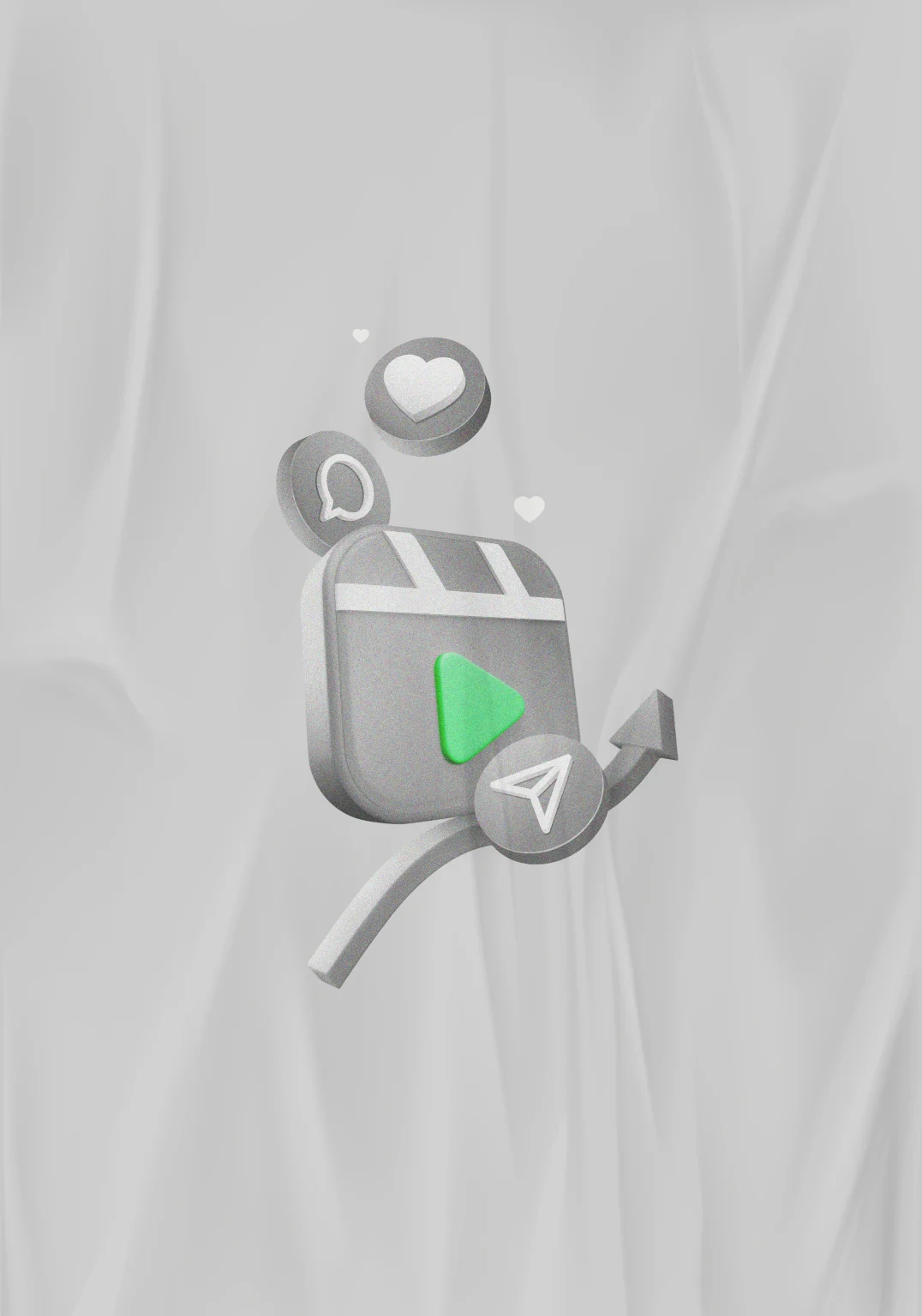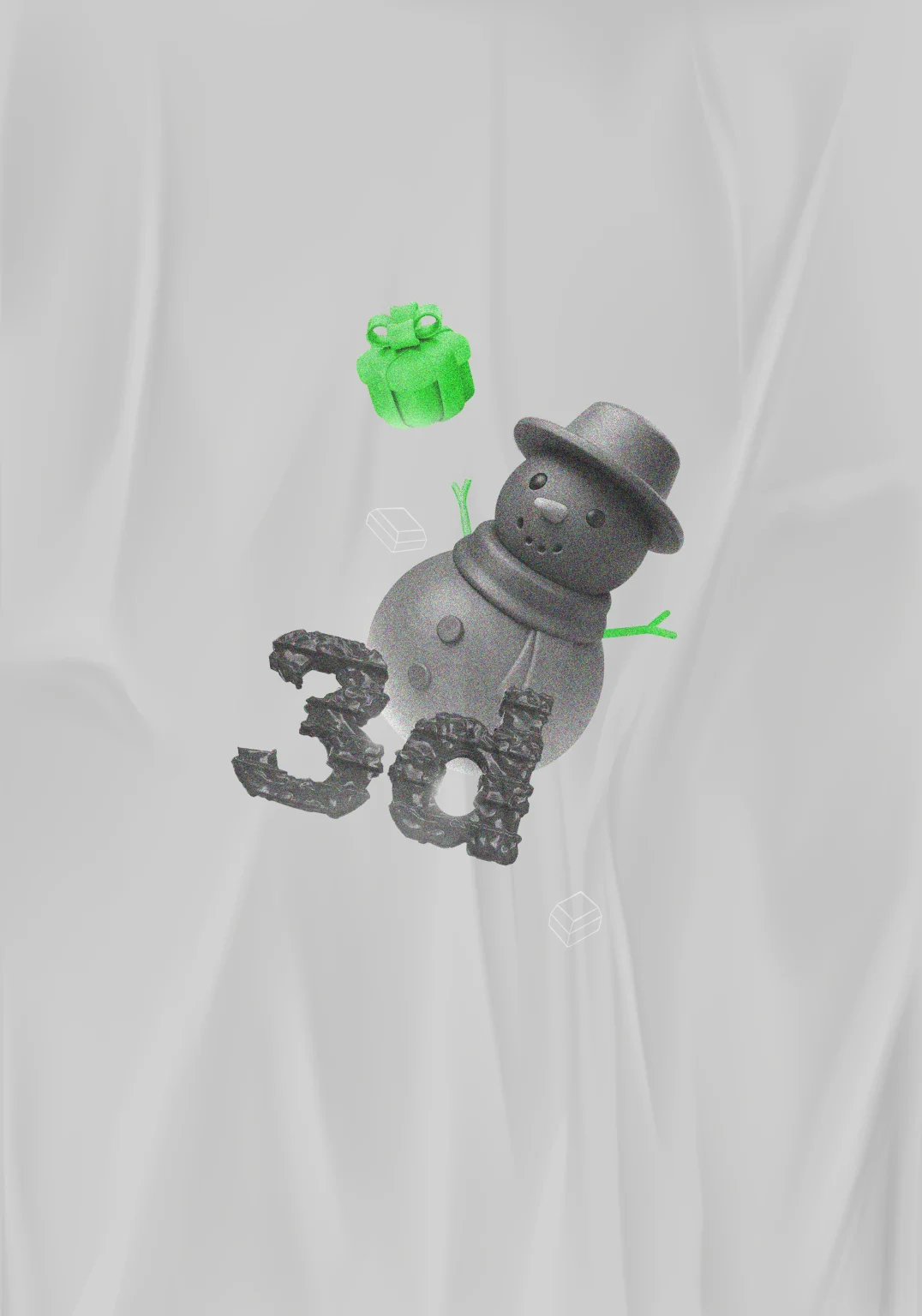Alright, let’s talk about Influencer marketing rates. They’re going up; no surprise there. So, getting good at negotiating is key for anyone wanting to team up with influencers. You need a game plan before you even reach out.
Today, we are going to break down the whole influencer negotiation thing. We’ll give you tips on how to plan your strategy and land that perfect collab. Whether you’ve been in the game a while or you’re just starting, this will give you what you need to win while negotiating with influencers, including navigating brand collaborations and paid sponsorships.
Tips to consider when negotiating with influencers
1. Research comes first
Before reaching out to influencers, it’s super important to do your homework. Check out their content, see if their followers are real, and get to know their audience. This helps you tell the difference between micro-influencers (high engagement, niche community) and macro-influencers (lots of followers, maybe less engagement).
Micro-influencers usually have a super dedicated audience because they make specialised content and have a close connection with their followers. This can mean higher conversion rates and a more authentic endorsement for your brand. Macro-influencers, on the other hand, can reach way more people and get your brand noticed because they have so many followers. However, their engagement might be lower, and their audience might not be as targeted.
So, it’s important to figure out what each influencer brings to the table, especially when considering paid sponsorships.
2. Be clear about content
Getting influencer deals right means clear and effective communication. No confusion allowed! You need to use plain language so everyone understands the deal. To make sure things are crystal clear, nail down these key details during negotiations:
- Campaign and Post Schedule
- Information to include in each post
- Post frequency
- Type of content
- Expected engagement
By covering all of this upfront, everyone’s on the same page, and we’re set up for a win-win in our brand collaborations.
3. Consider content repurposing
Influencer-generated content is super versatile. Awesome posts can be repurposed for branded content and ads and also used on websites, in emails, and even in SMS campaigns, which cuts down on graphic design costs.
Also, working with creators on endorsements or events can boost real-world engagement.
Planning how to repurpose content is a smart way to use your marketing budget. Even if a creator’s fee is more than you planned, having a solid plan for reusing content can save money in other areas, especially in paid sponsorships.
4. Prepare for contingencies
To avoid overlooking potential issues during the negotiation process, it is crucial to proactively address common “what if” scenarios with your creators. Talking through possible issues helps us spot and ditch unfair or unworkable terms early on.
Also, it’s smart to have some backup plans we keep to ourselves. Thinking ahead about their reactions and having alternative ideas ready makes the negotiation go a lot smoother.
5. Discuss brand exclusivity
To make sure creators don’t promote your competitors during a partnership, it’s important to talk about exclusivity. If you want them to agree not to work with other brands, you’ve got to offer something valuable in return. Make the offer clear and tempting enough that the creator will want to say yes to the exclusivity arrangement in these brand collaborations.
6. Ensure non-disclosure
We need to make sure everyone’s on the same page about data privacy and sharing. Getting legal involved early on, especially when talking about confidentiality in deals, is a smart move. It’ll save you headaches down the road.
7. Plan thoroughly for Instagram takeovers and creator licensing
If you’re looking to gain a certain level of control over an influencer’s social media account, such as for an Instagram takeover or creator licensing campaign, it’s crucial to have a strong working relationship beforehand. These types of campaigns require a significant commitment from the creator, so be prepared to offer additional incentives like higher pay or better perks to secure their participation.
8. Discuss short-term versus long-term partnerships
If an influencer’s price is too high, just tell them! Explain your budget and how you usually work with creators. To make it interesting, maybe offer them a longer deal for a lower price. They get a steady income, and you get their audience for longer. Win-win!
Also, think about different payment methods. Like, a bonus if they get good results, or maybe you could trade products or services instead of money. Just remember to talk it out and be ready to meet in the middle. You gotta find something that works for both of you.
9. Offer perks and incentives
If you’re almost there with getting a collab with the perfect creator but can’t entirely seal the deal, think about throwing in some extra perks. Depending on your budget, it could be something simple like a free product before they even sign on. For pricier stuff, offering a higher affiliate commission might be enough to get them on board. If you’re still having trouble, try giving them “ambassador” status to make them feel like a bigger part of your team and what you’re building in these brand collaborations.
Frequently Asked Questions
What is the difference between micro-influencers and macro-influencers?
Micro-influencers usually have 10,000 to 100,000 followers and tend to focus on niche content with highly engaged audiences. Macro-influencers have a larger following, often 100,000 to over a million, and offer broader reach but sometimes lower engagement.
How do paid sponsorships work in influencer marketing?
Paid sponsorships involve a brand paying an influencer to promote its product or service. The influencer creates content, like a post, video, or story and shares it with their followers, usually tagging the brand and marking it as sponsored.
Why are brand collaborations important in influencer marketing?
Brand collaborations bring authenticity and trust. When an influencer genuinely supports a brand, it resonates more with their audience than a traditional ad. These partnerships help boost brand awareness, drive engagement, and often lead to better conversions.
How can brands collaborate with fitness influencers?
Brands can work with fitness influencers by offering products or services that fit naturally into their content, like supplements, activewear, or fitness tech. The key is to find influencers who align with your brand values and give them creative freedom to present your offering in a way that feels real and relatable to their audience.



